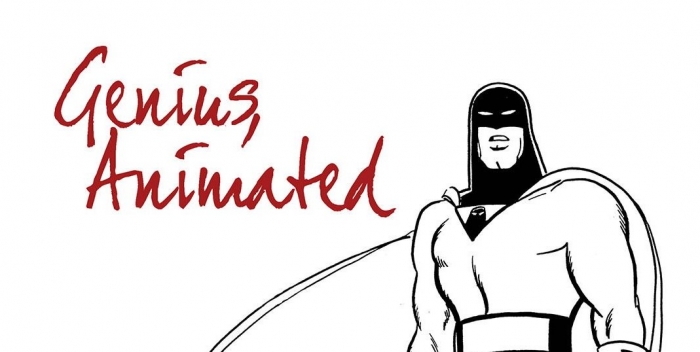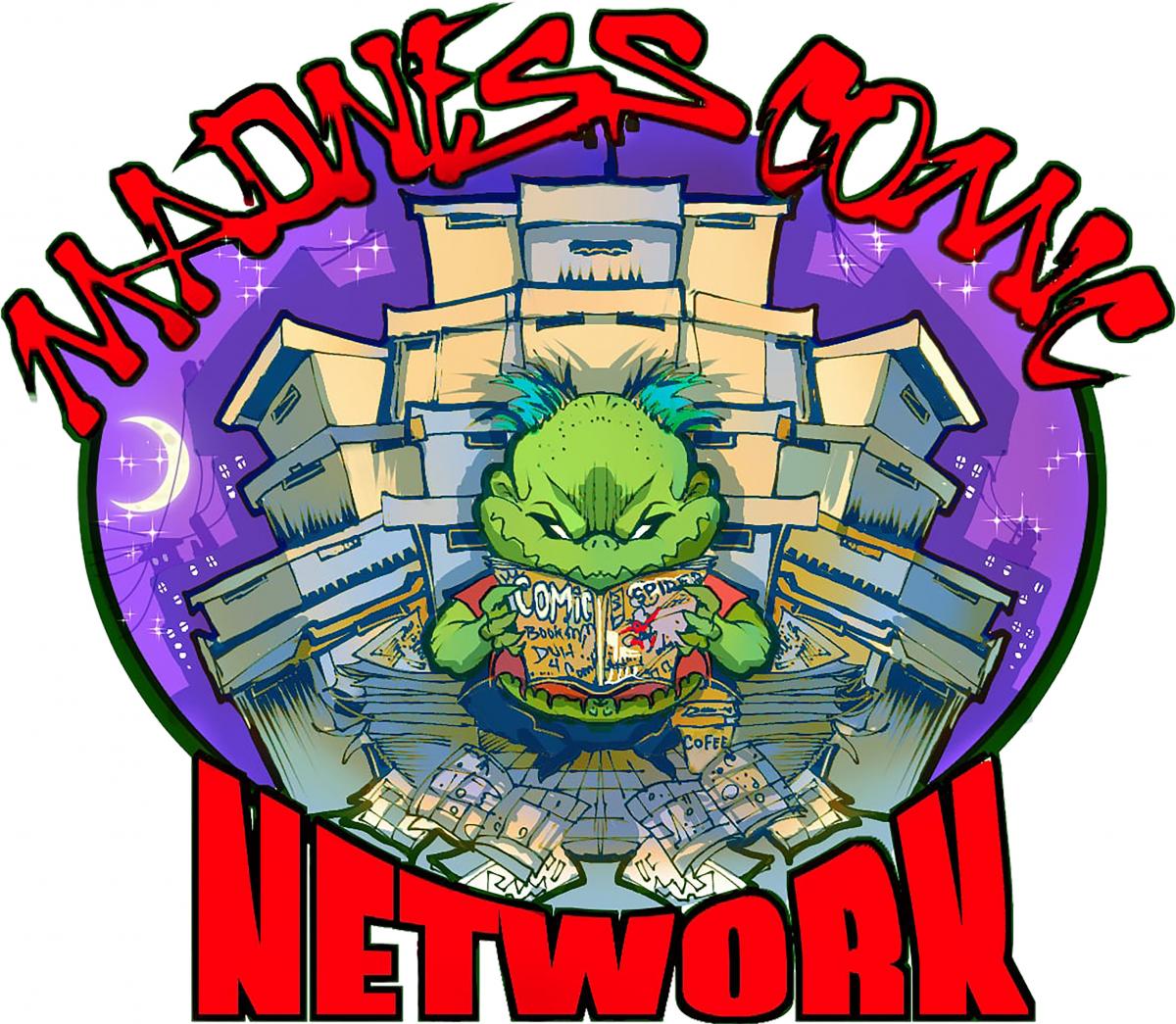Genius, Animated: The Cartoon Art of Alex Toth
FTC Statement: Reviewers are frequently provided by the publisher/production company with a copy of the material being reviewed.The opinions published are solely those of the respective reviewers and may not reflect the opinions of CriticalBlast.com or its management.
As an Amazon Associate, we earn from qualifying purchases. (This is a legal requirement, as apparently some sites advertise for Amazon for free. Yes, that's sarcasm.)

I've had the opportunity to peruse a couple of art books over the years, and while I can appreciate the quality of the work that goes into them, and the talent of the artist being showcased, eventually it seems each turn of the page starts to reveal "more of the same."
With Genius, Animated: The Cartoon Art of Alex Toth, there is just so much variation of style, so many characters and stories involved, and so much nostalgic coolness to it that anyone who remembers even a pinch of the cartoons involved will be entranced for hours. I know I was, because I spent three hours with this book, which was pretty much a cover-to-cover experience.
Genius, Animated follows Toth's work in the animation field, beginning with contributions to Clutch Cargo, which led him to greater work on the Synchro-Vox series, Space Angel. Having someone with Toth's comic book experience turned out to be a godsend for animators, who relied on the model sheets Toth provided, which gave various perspectives on the characters being drawn.
I consider myself well-versed in the world of yesterday's Saturday morning cartoons, but seeing the style sheets and character designs in this book reminded me there were a ton of shows I'd forgotten about -- shows that came back vividly in my mind after the prodding this book provides. And there were also a lot of shows I'd never seen before -- and some shows that Toth worked on the pitches for that never happened! I barely remember Moby Dick's modern adventures, although I do recall watching the adventures of the caveman superhero, Mighty Mightor (who blazed that trail that would later be followed by He-Man).
One of the more delightful aspects of this book -- and there are several -- is seeing these animated characters drawn in a more detailed style. Naturally, anyone familiar with animated cartoons knows that for decades the characters had to be as simplistic as possible to make animation possible. So to see characters like Space Ghost, the Micro-Ventures team, the Sealab crew drawn with shading and realism sparked a longing to see these characters again in comic book form. Fans who've never seen Toth's original treatment for the Super Friends will marvel (okay, that was a conflicting choice of verbs but I'm keeping it) at how the DC super heroes could have looked, especially Superman and Wonder Woman, who were conceived in a more Golden Age style.
I also had a ton of fun seeing Toth's concepts for animated series that never came to fruition but had been seen in other forms, like Dial H for Heroes [sic], as well as designs for shows that were made, but only after rejecting Toth's original concept drawing (for which, see Toth's full-color storyboards for his one and only dabbling with Disney, for their animated "Robin Hood" film).
As editor Dean Mullaney points out, this is not a detailed history book of all the output that was done by the studios involved. It is, however, detailed enough to provide a brief biography of Toth, told by Bruce Canwell, during the twenty-plus years of his career spent on bringing animated adventure to televisions everywhere. With over 300 pages of concept drawings and full-story storyboards and handsomely packaged, this book of art is itself a work of art that even the most casual fans will appreciate with awe. IDW has outdone themselves with this release, and they already had set a pretty high standard.


